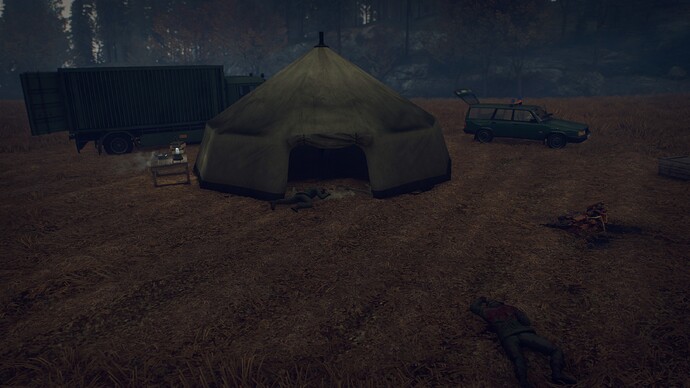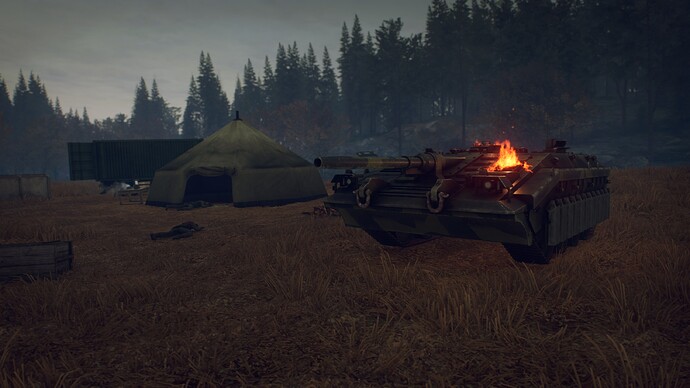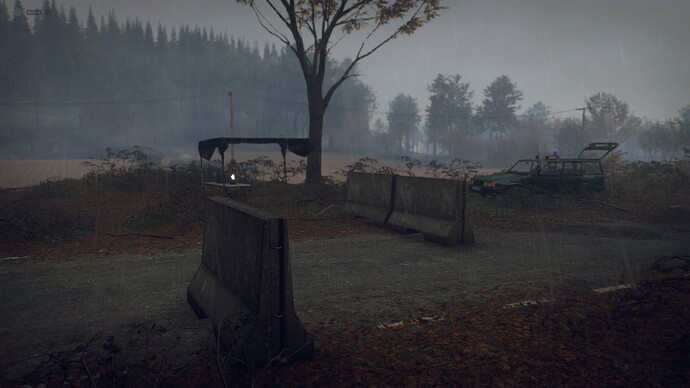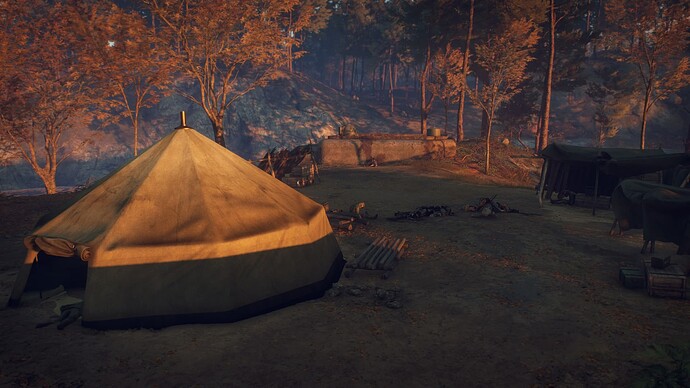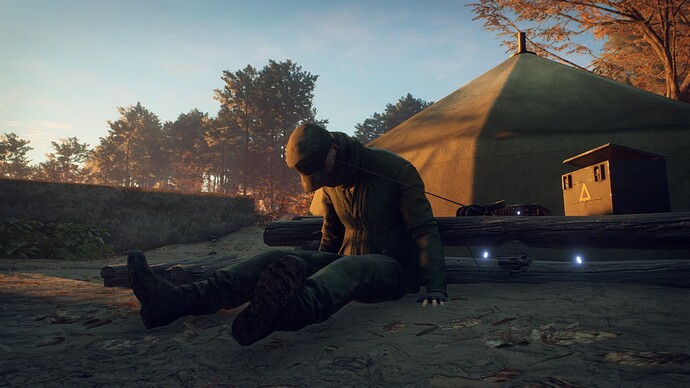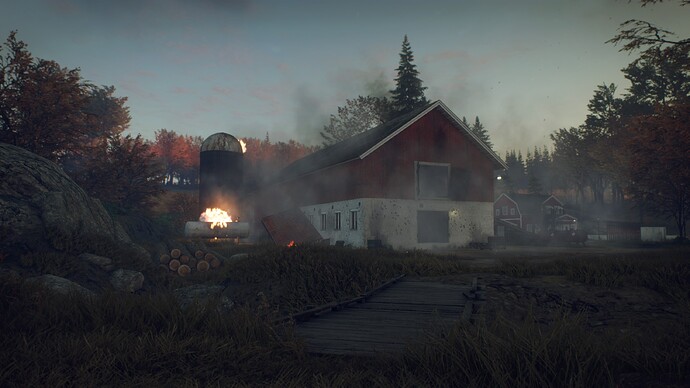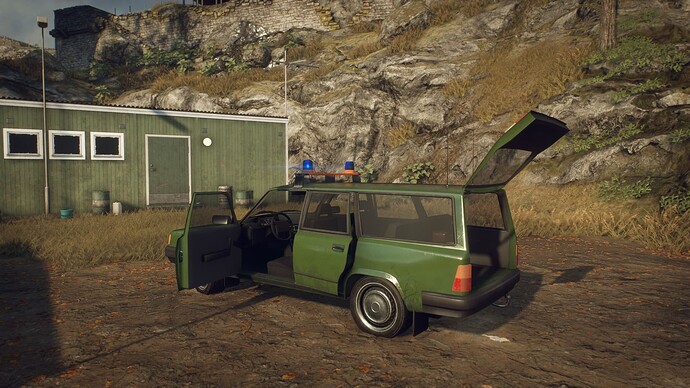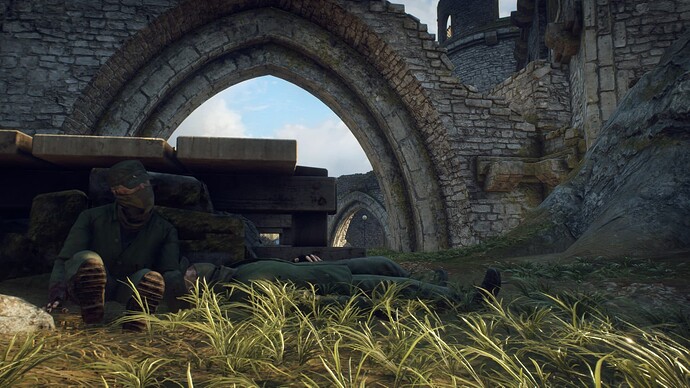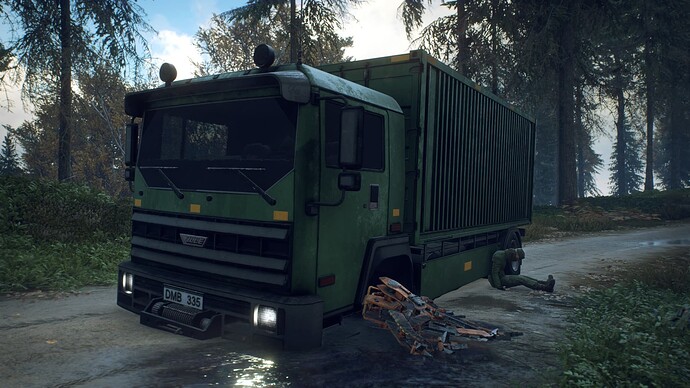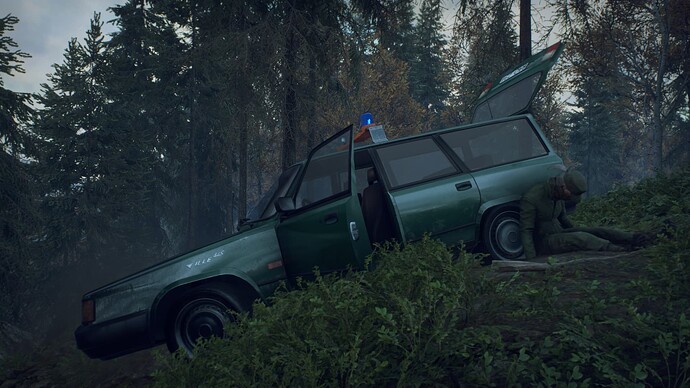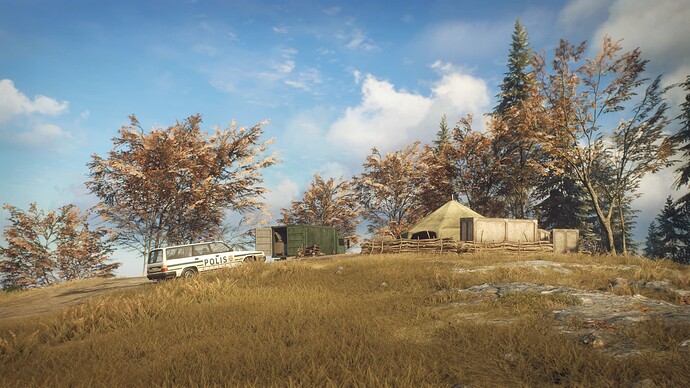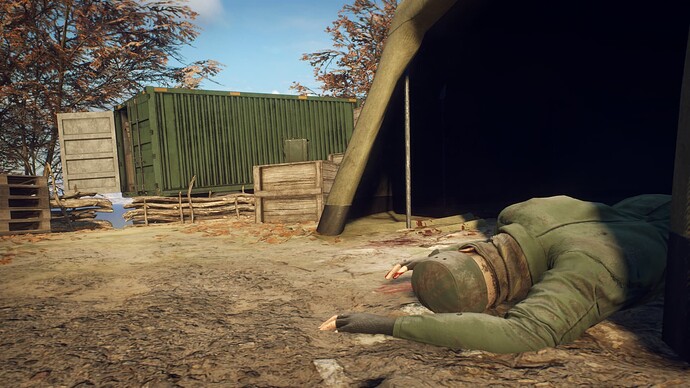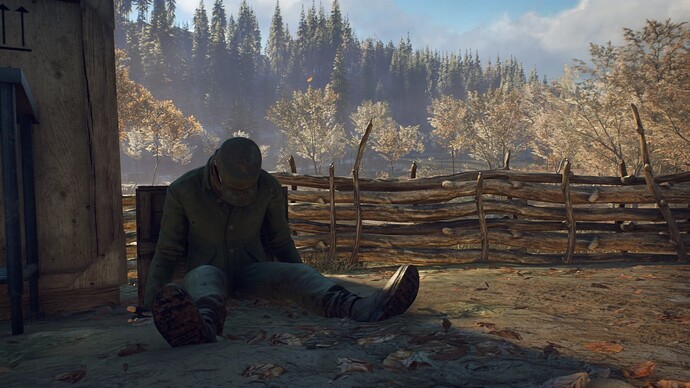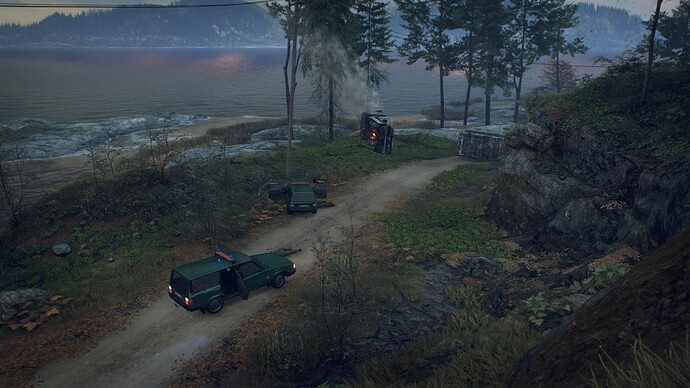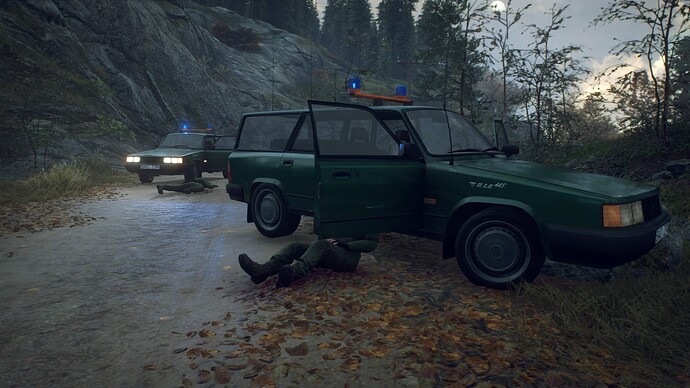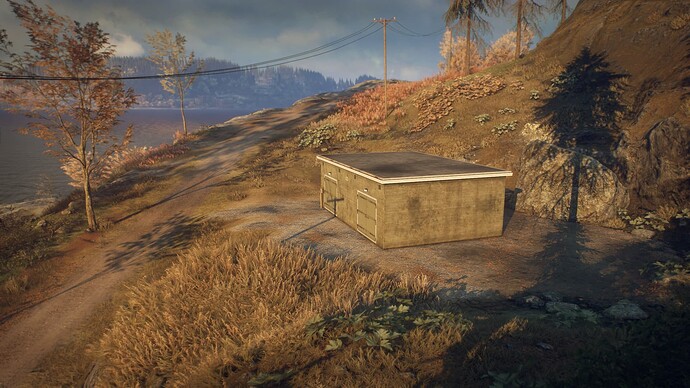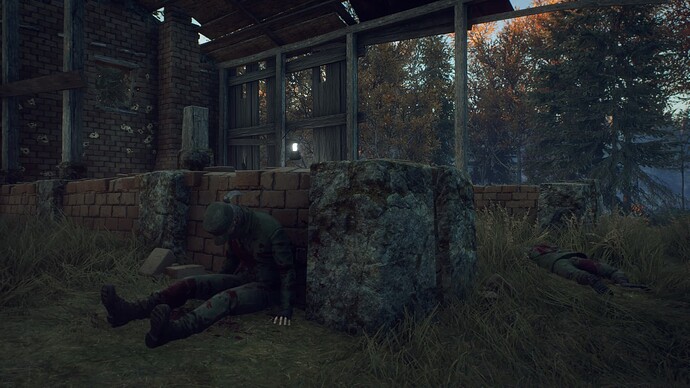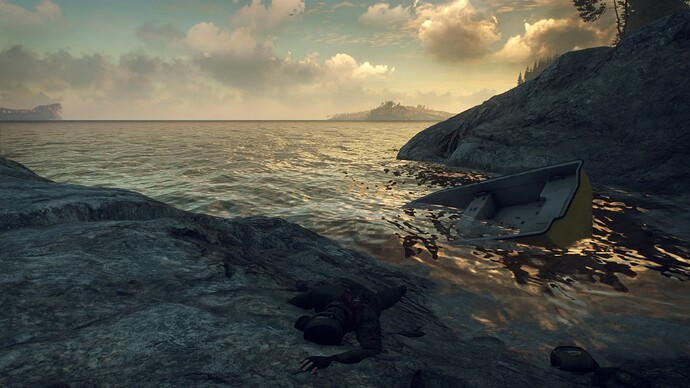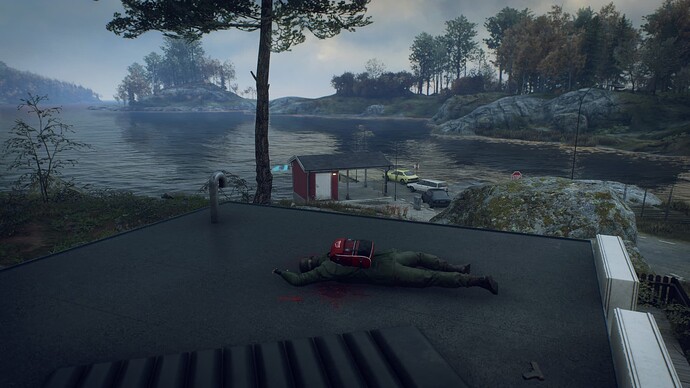“Christ, the Swede’s got wrecked, didn’t they?”
The analyst took a drag from his cigarette and leaned over the steel table, surveying the aerial photographs spread across its surface. Even from high above the Swedish islands, the devastation was unmistakable - hastily dug trenches, charred tank husks, twisted wrecks of downed aircraft.
“They weren’t ready. Not for that.” His colleague leaned in and tapped one of the photos. It showed a massive, half-buried shape that looked like it had stumbled into a house, smashing it to bits in the process. “Not sure we’d have fared much better.”
The words lingered for a moment as the men waited for desk officer Keane to finish pouring herself a cup of coffee. The analyst picked up a photograph of a downed jet, its fuselage torn open like a tin can. In the margin, someone had scribbled: Wilhelm 42, F23.
Keane returned to the table and took a sip - then grimached. The analyst gave a half-apologetic shrug.
“Washington wants to know what the hell happened. Our desk is on Swedish forces analysis. Who, what, where. The whole nine yards.”
Abandoning the cup Keane lit a cigarette instead, the flare of the match briefly lighting her face. She drew deeply, exhaled, then continued.
“The Swedes aren’t saying much. My guess? They’re still reeling from what happened. Until we get them to open up we work off our previous assumptions of what they had on the islands and build from there.”
“Operation Bird Watcher already has operatives in the field,” she added, flicking ash into the coffee cup without looking. “And we’re sticking to analyzing Swedish conventional forces. None of the resistance activity or Soviet invasion debacle. God knows there’s enough of that to fill another cabinet.”
Finishing, she turned toward the analyst. “Doug - can you put on some fresh coffee? There’s no way in hell you can deliver quality work on whatever that was.”
